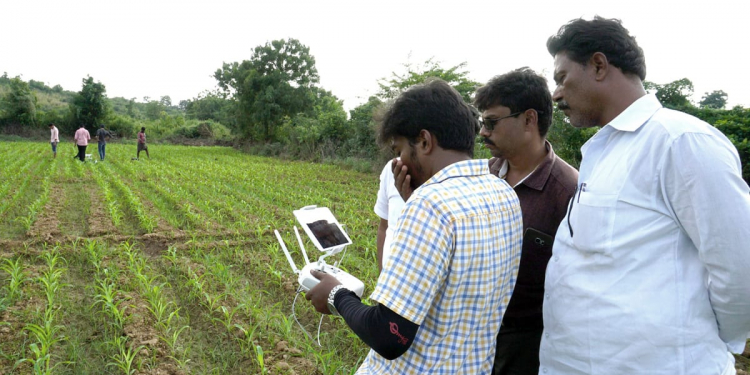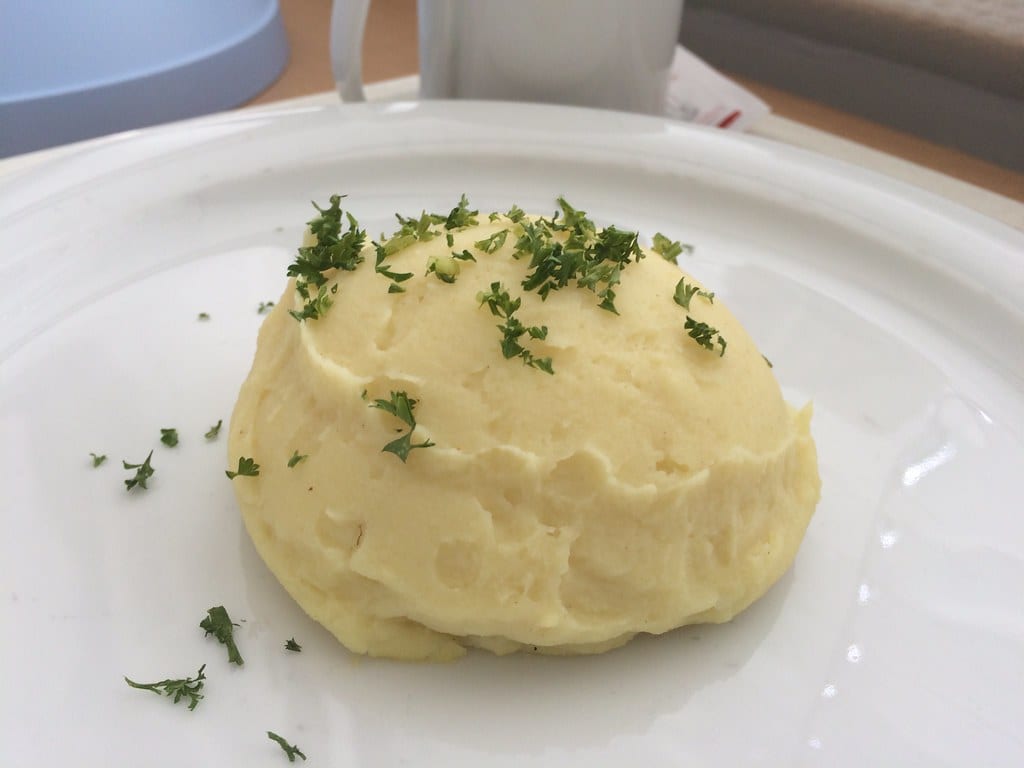The Indian government has been undertaking various initiatives towards water conservation and proper utilization.
From supporting famed hydraulic civilizations of India, China, Ancient Egypt, Mesopotamia, Sri Lanka, and Pre-Columbian Mexico and Peru in the ancient past, to spearheading the Green Revolution in the 1960s and 1970s, irrigation has always played a pivotal role in the agrarian economy of Asia. Even today, Asia accounts for 70% of the world’s irrigated area, but ironically majorly depends upon the South Asian Summer Monsoon which has a critical impact on the region’s water resources, agriculture, economics and human mortality.
For example, the fortunes of India’s agricultural sector depend upon the rhythms of the southwest monsoon. Over half of the country’s net cultivable area is un-irrigated and rain-dependent. Between 55 to 60 percent of agriculture, forestry, and fishing’s contribution to the economy in terms of gross value added emanates from crop fields that are rain-fed.
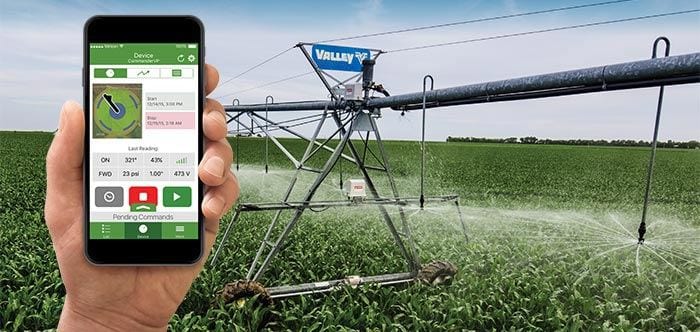
Sadly, these monsoons are not only erratic but also very unreliable for irrigation as under-irrigated areas are subject to water stress resulting in production loss, while over-irrigated areas lead to nutrient leaching and crop diseases. Relevant soil water level is essential for optimum plant growth. As water is a prerequisite element for life sustenance, there is the necessity to avoid its undue usage. Wastage of unmonitored irrigation water is the highest cost contributor for the farmer through the crop production cycle.
Farmers in Asia, and, particularly India, are grappling with inefficiencies in water resource management – the Indian agriculture accounts for 90% water use due to fast track ground water depletion and poor irrigation systems. The extent of mismanagement of irrigation resources in India can be gauged from the fact that our famers use 2-4 times more water during a particular food crop cycle as compared to China or Brazil.
In fact, the agricultural sector uses up to 78% of fresh water available in the country, the highest among other sectors (IBEF.org). As per OECD environmental outlook 2050, India would face severe water constrains by 2050. There is a clear need for a smart irrigation system that can provide sufficient amount of water to the fields adjusting to soil’s moisture content. According to Markets and Markets, the smart irrigation market is estimated to be USD 1 billion in 2020 and projected to reach USD 2.1 billion by 2025, at a CAGR of 15.3%.

With the rising acceptance of technology in all sectors, even the field of agriculture is seeing interesting innovations, including smart irrigation management systems. As observed, one of the most remarkable advantages of IoT Based Smart Agriculture System is its ability to save water and improve crop growth. The Indian government has been undertaking various initiatives towards water conservation and proper utilization. To this effect, the water related data is being collected by various Central and State agencies. Central Water Commission is modernizing the collection of hydro-meteorological data through automatic sensors, data loggers, telemetry and real time data acquisition and dissemination.
Let us discuss more about IoT technology and how it can enable smart farming solutions :
Precision Farming Through Resource Optimisation
IoT-enabled precision agriculture techniques provide farmers with effective tools to optimise their farming tasks. These technology-driven practices are focused on increasing crop yields and profitability while lowering the levels of standard inputs like water, fertilizer, insecticides, and herbicides needed traditionally to grow crops. Essentially, smart farming uses less to produce more.
For example, fields can be levelled by IoT-controlled lasers so that water can be applied more efficiently and with less liquid waste running off into local streams and rivers. Sensors installed on farming equipment can also collect data related to the weather, soil, pest, or hydration conditions, then send that data to a centralised smart farm platform to analyse and make predictive farming decisions.
Adoption of Irrigation Drones
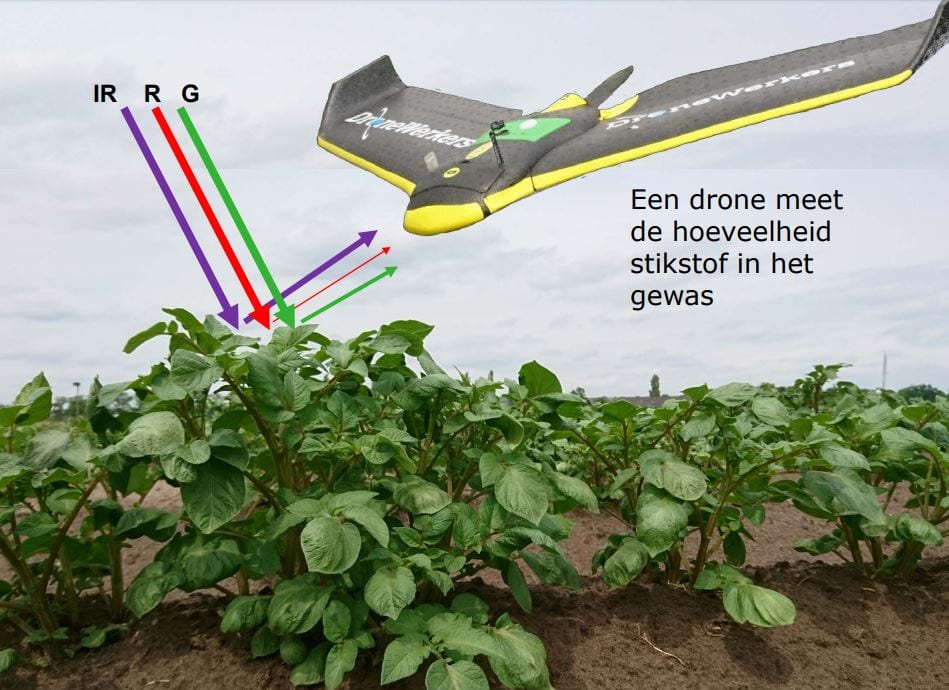
One of the latest trends in the global smart irrigation systems market is the rise in adoption of drones by farmers for irrigation. These smart drones are equipped with hyperspectral or thermal sensors, which can automatically identify dry areas of the field that needs to be irrigated. The use of smart irrigation systems with drones can change the agricultural process to a more efficient one, allowing farmers to track the land and property at all times.
Smart pump systems
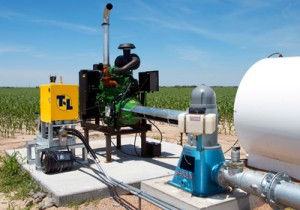
Ground water depletion creates the challenge of supply of clean water from borewell. Poor power supply in many villages makes it difficult for the farmer to pump up water from deeper borewells. Also, water so acquired is not clean and could potentially damage crops. The new-gen pumps are equipped to function normally even on low voltage. There are pumps that are suited for meeting sprinkler & drip systems in farms where pressure can be controlled using IoT sensors. Some are even fitted with chlorination technology designed for improving the quality of water delivered through the pump.
Cost and economies of scale pose a challenge
While farms may be the future for smart irrigation, right now, its non-agriculture use is most common for smart irrigation devices due to the high installation cost, lack of awareness and technical knowledge among farmers and also because Indian farmers have smaller landholdings. Sports fields and residential or commercial lawns are frequently watered by smart irrigation systems, saving water and money for the landscape managers.
In nutshell, the IoT infrastructure gives the power of sustainable farming to the agriculture with the technology to transform unconnected products into connected devices that generate and analyse important information. The advantage of the connected technologies remains long-term as every drop of water saved with the help of smart irrigation amounts for a significant contribution to the global water conservation.
